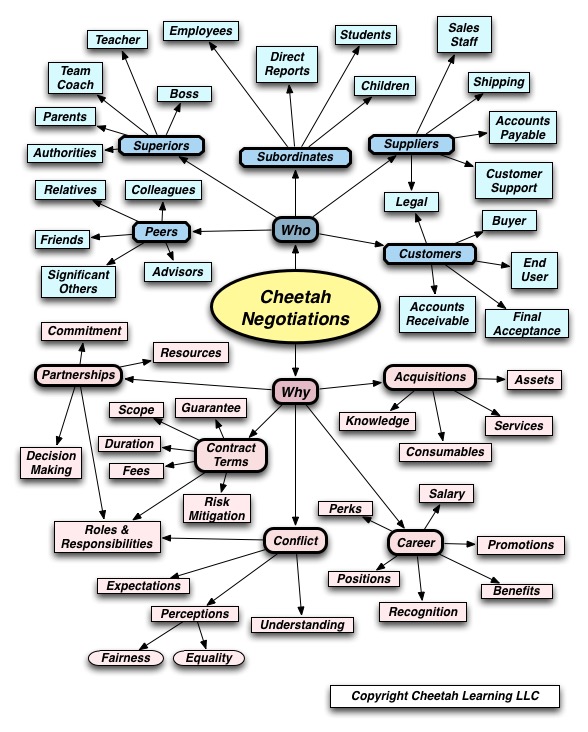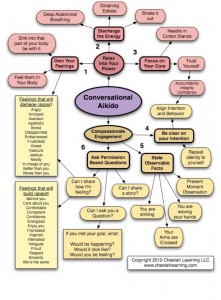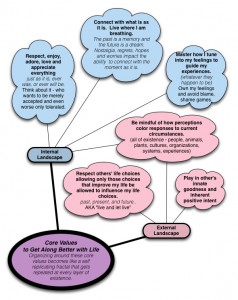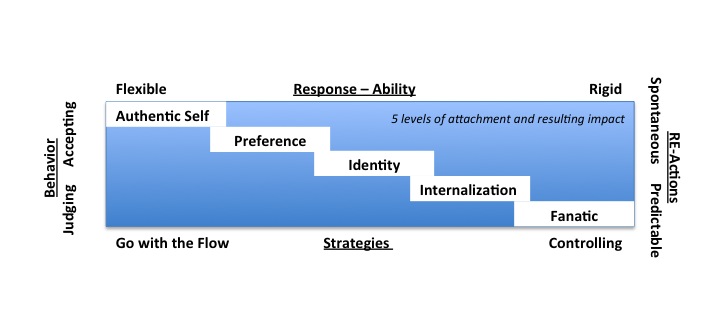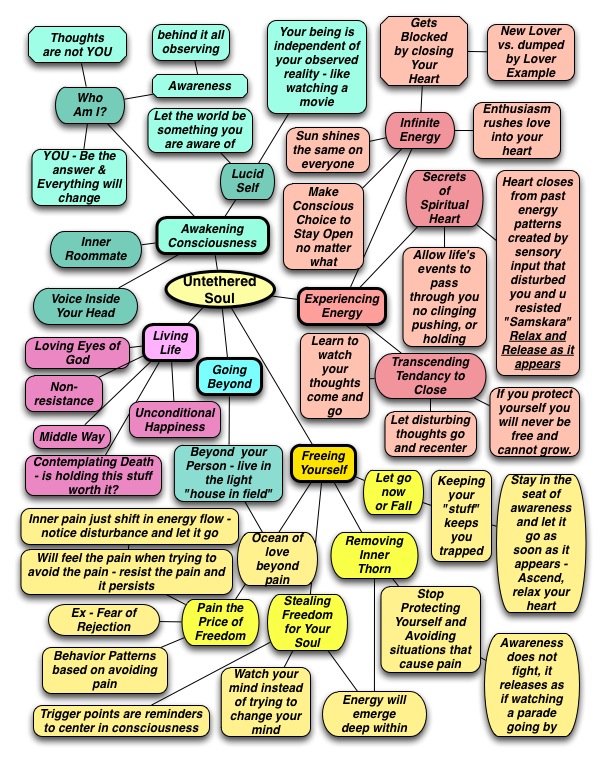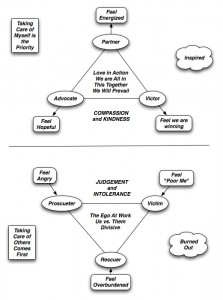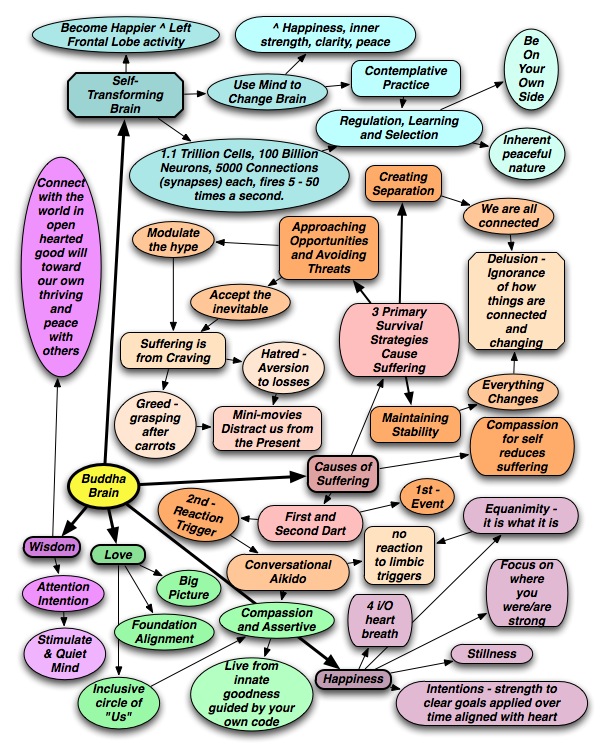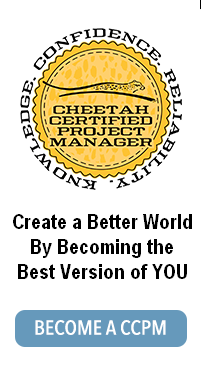Michelle LaBrosse, PMP
It’s the start of a new year, and like every new year, I set goals for the year. These are different than “resolutions” as I fully intend on meeting them. Some of these goals are the same from year to year: get in better shape, spend more time with my family, work smarter (not necessarily harder), decrease expenses, increase revenue, be the change I want to see in the world, end world hunger, get a super power… This year I set a new goal. I will walk 1,000 miles before the end of the year. Instead of approaching this goal rationally, like I’m prone to do for any project, I wanted to apply the ideas in the book “Sway: The Irresistible Pull of Irrational Behavior”, by Ori and Rom Brafum. If I behave irrationally naturally as the authors point out, I may as well behave irrationally in a way that helps achieve my objectives.
Several years ago, when I first read the Brafum’s book, I created a summary mind map to better harness my own irrational behavior.
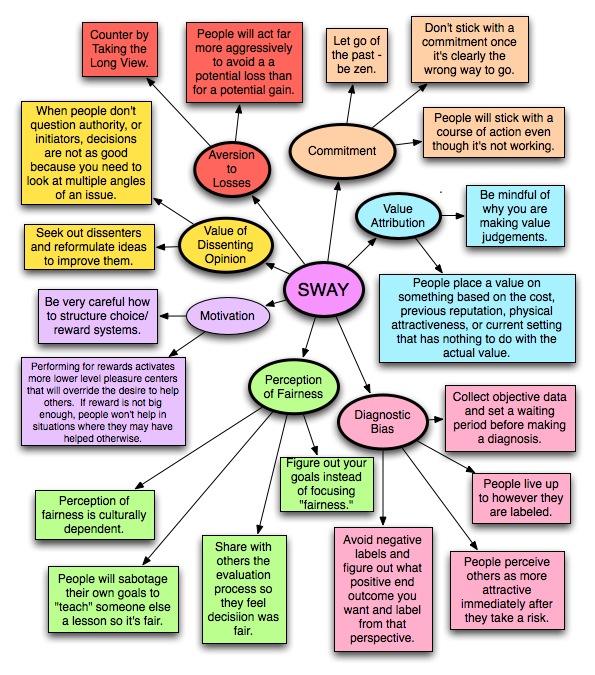
Leveraging Irrational Forces For Your Advantage
Here is how I will use Sway to help me walk 1,000 miles this year:
1. Commitment – The Brafum’s state that people will stick with a course of action even if it is clearly not the way to go. Doing the math, walking 1,000 miles in a year will require me to walk at least 85 miles every month. If I am only able to walk 80% of the time (setback by the thousands of excuses I can generate) that means I have to walk 3.2 miles every day I manage to get off my computer. If I publicize these figures, I am likely to be more committed to it (what I’m doing here). I am less committed to updating progress, but will be doing so from time to time on my blog – www.michellelabrosseblogs.com. It will be filed under the category “Thousand Mile Walk”.
2. Value Attribution – High tech shoes, pedometer apps on my iPhone, Nordic walking sticks, that posh walking clinic to learn how to do Chi walking (see blog post) – these all make me want to walk MORE. Admittedly, I am a gadget, gizmo, techno head. I am inspired by this personality characteristic.
3. Diagnostic Bias – People live up to how others label them. Proactively, I label myself as a Chi Walker. Chi Walking is a fascinating technique. You focus on your posture with all types of ways to align your body to get a great workout while reducing the chance of overuse injuries. I am a chi walker who is on a 1,000 mile journey.
4. Perception of Fairness –When I was a new, young bride, my husband, who was almost a foot taller than me, would walk at a leisurely pace and I had to jog just to keep up with him. It felt so unfair and demoralizing. What I learned in Chi walking is you walk based on the pace and gait that is right for you. It doesn’t matter if the pace is right for anyone else. I am short, and therefore my gait is shorter than other people. Chi walking uses a core rotational technique that helps me move faster while maintaining my shorter gait. I can keep pace comfortably when walking with my taller (actually, average height) friends. It now feels “fair”.
5. Motivation – Different pleasure centers are activated in your brain based on your source of motivation. Materialistic rewards of achieving a goal don’t cut it for me as much as the intrinsic feeling of accomplishment I get for reaching that goal. According to Barfum’s book, this is pretty much the same for all people. Pushing myself past my 3.2 mile per walk goal gets me excited. Having somewhere fun to walk to with my family or friends gets me motivated to go out and walk.
6. Value of Dissenting Opinions – My parents raised me to challenge current authority, a trait I have passed down to my children. They all feel free to openly challenge the way I walk, where I’m walking, when I’m walking, how fast I’m walking, who else is walking with us, why we’re walking, the current weather conditions, our shoes, the brand of moleskin for blisters, pedometers, how much water to bring, and who will be our support vehicle if something goes awry. This creates a tremendous amount of focus and energy around the very act of going for these daily walks.
7. Aversion to Losses – A couple years ago, my mom and I were taking a water aerobics class from this character we nicknamed “Boot Camp Bob”. In his flag baseball cap over his shaved head, he barked exercise instructions at us while John Phillip Sousa music blared from pool’s sound system. He used to shout – “Get moving you pansies so you don’t end up in the nursing home.” This inspired my walking mantra – get moving, stay young. According to Newton’s first law of motion, a body in motion stays in motion
I’m now inspired to act irrationally and achieve my 1,000 mile walking goal. How can you harness the power of irrational forces to achieve your goals?
A. What commitments drive your current behavior? How can you change your commitments?
B. What value do you place on achieving your goals? How can you increase the value for you?
C. What labels can you use on yourself that will help you achieve your goal?
D. How can you make it a “fair” game to achieve your goal?
E. What intrinsic motivators get you fired up to go for your goal?
F. Who challenges you? How can you get them to do it more so you get a fire in your belly to go for it?
G. What will you lose if you fail to reach your goal? How can you avoid experiencing that loss?
Be irrational. It might just help you go for it!
